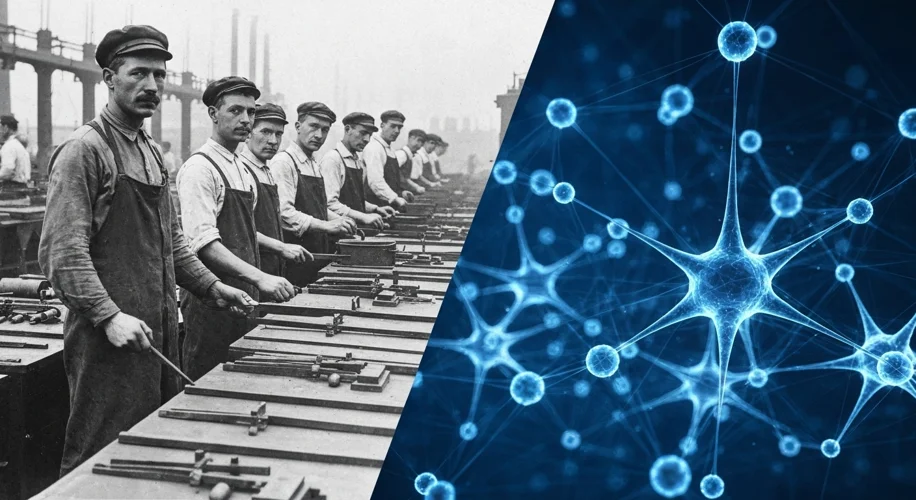In my years working with historical documents, I’ve often seen how technological leaps, while promising immense progress, also carry unforeseen consequences. Today, as artificial intelligence rapidly reshapes our world, the conversation around AI safety feels particularly resonant. Recent reports suggest China is placing a significant emphasis on AI safety, a move that should serve as a crucial wake-up call for the United States and other nations.
This isn’t just about keeping pace; it’s about responsible development. History offers plenty of examples where the rush to innovate outpaced the consideration of safety and societal impact. Think of the early days of industrial automation. While machines dramatically increased efficiency, they also led to significant labor displacement and required new regulations to manage workplace safety. The early pioneers of computing, while brilliant, often focused on the ‘can we?’ rather than the ‘should we?’ or ‘how do we ensure this is beneficial and safe?’
The development of AI is on a similar trajectory, but its potential impact is far broader and more profound. AI systems are increasingly integrated into critical infrastructure, financial markets, and even military applications. The implications of a failure or misuse in these areas could be catastrophic. It’s fascinating to see how the very tools designed to enhance our lives could, without proper safeguards, introduce new forms of systemic risk.
When I look at the blueprints of early calculating machines, I see the seeds of today’s complex algorithms. The ingenuity was undeniable, but the understanding of their long-term societal footprint was limited. We don’t have that luxury with AI. We now have the benefit of historical perspective, allowing us to learn from past technological accelerations.
China’s focus on AI safety, as reported, highlights a critical geopolitical dimension. As different nations prioritize different aspects of AI development, the global landscape of technological governance is being shaped. For the U.S. to remain competitive and, more importantly, to lead responsibly, a robust and proactive approach to AI safety is not merely advisable—it’s an imperative.
This means investing in research to understand AI’s potential failure modes, developing clear ethical guidelines, and fostering international cooperation. It’s about building AI systems that are not only powerful but also predictable, controllable, and aligned with human values. As we move forward, the lessons from previous technological revolutions should guide us, ensuring that our pursuit of innovation is tempered with wisdom and a deep commitment to safety. The evolution of this technology demands our utmost attention.

